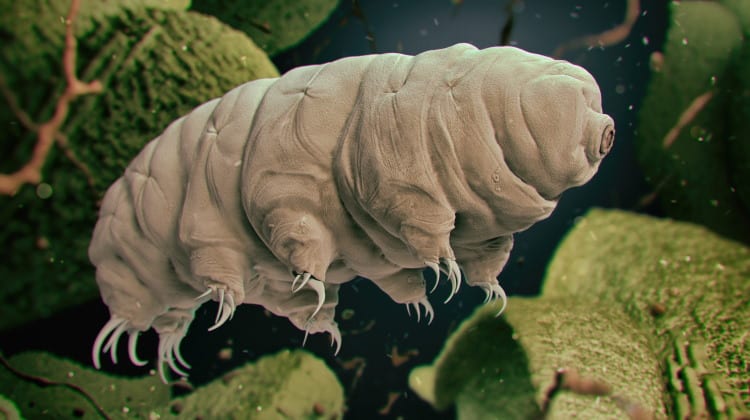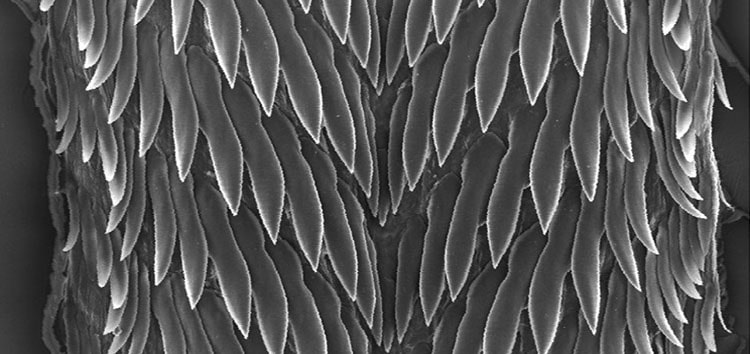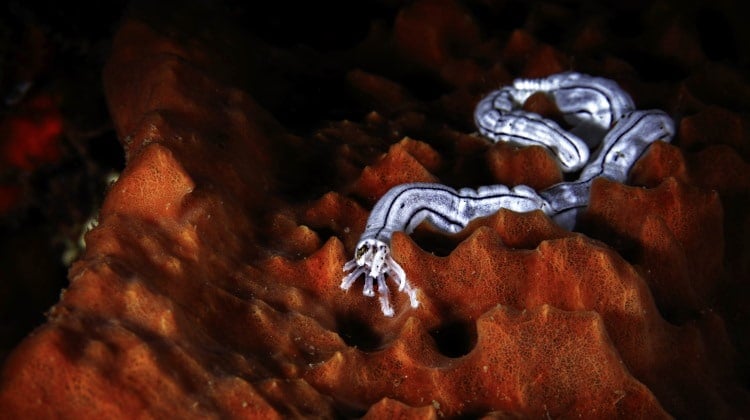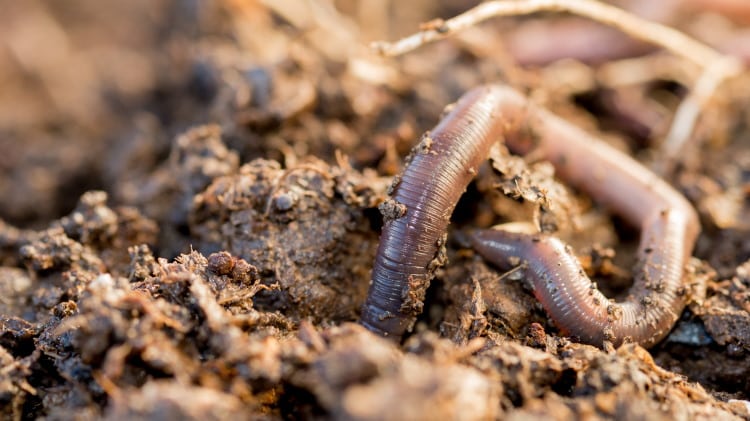Chordata: Phylum Of The “Chorded” Animals
Etymology: From the Latin chorda a chord.
Characteristics of the invertebrate Chordata:
- Bilaterally symmetrical.
- Body has more than two cell layers, tissues and organs.
- Body cavity a true coelom.
- Most possesses a through gut with a non-terminal anus.
- Body monomeric with no head or jaws.
- Possess at some stage of their life a hollow dorsal nerve tube.
- Possess at some stage of their life a dorsal cartilaginous rod called a notochord.
- Possess at some stage of their life gill slits in the parangeal region.
- Has a partially open circulatory system.
- Without excretory organs.
- Reproduction normally sexual and gonochoristic.
- Feed on a variety of organic materials.
- All live marine environments.
The phylum Chordata is a strange phylum in that it contains three subphyla, two of which contain invertebrates while the third contains all the animals we are most familiar with – the vertebrates.
After a brief introduction I will deal with each subphylum individually.
The Chordata is a fairly large and successful phylum with over 50,000 species, ranging in size from about 4 millimetres (less than 0.25 inches) to over 33.50 m or 110 ft in length.
It includes such improbable animals as sea squirts and salps practically alongside fishes and mammals. As a phylum it is extraordinarily diverse both in its methods of reproduction, its lifestyles and its distribution. Chordates can be found all across the planet.
There are four main differences between members of the phylum Chordata and all the other phyla of the animal kingdom. These are:
1) All chordates possess, at some stage of their development, a hollow dorsal nerve tube. This is normally seen as the spinal column and the attached brain. In the two invertebrate subphyla it is only present during the embryonic development of the animal.
2) The presence, again at some stage of the animals life of an internal, flexible rod-like axial skeletal structure known as a notochord. This lies below the nerve tube and above the animals gut. In the Vertebrata this is replaced during early embryological development by the vertebrae which enclose and protect the nerve tube.
3) All chordates possess, at some stage of their development, gill slits or pharyngeal clefts. In the primarily terrestrial vertebrates these are lost during embryological development.
4) All chordates possess at some time in their lives a post anal tail, i.e. an elongation of the body beyond the end of the digestive tract. As with the other three characteristics this is only evident during embryological development in some groups.
Chordates In Phylum Chordata
-
Urochordata (Sea Squirts, Tunicates, Salps and Larvaceans)
-
Cephalochordata (Lancelets)
-
Vertebrata (Fish, Amphibians, Reptiles, Birds and Mammals)






I found your site chasing after pics of Peripatus to share with a friend. I love the way you present so many rare and unusual taxa… BUT WHERE ARE THE PLANTS? and would you like help adding that important dimension to a wonderful source of info. It just can’t be a site called Earth Life Central…… You are missing the source!
Cheers! Email back will earn Phone!
Stories I have to share: Orchid hunting in Israel, NY, PA, TN, KY, New Zealand…..
Hi Kevin, I have dreamed of adding plants and fungi, but I still haven’t finished with the animals yet. Plants are important to us animals, but bacteria are the source, not plants, allso both animals and fungi evolved before plants as far as science knows.